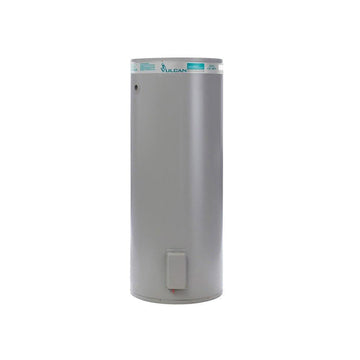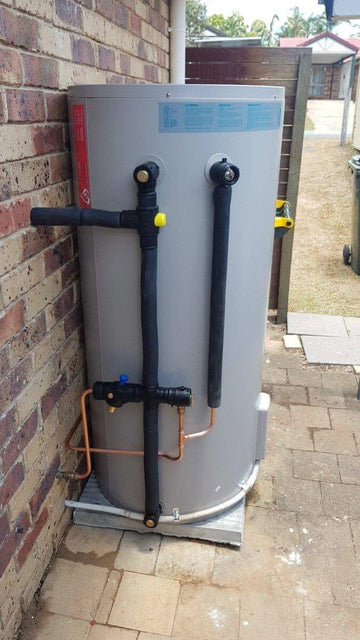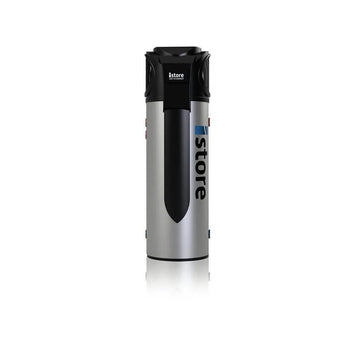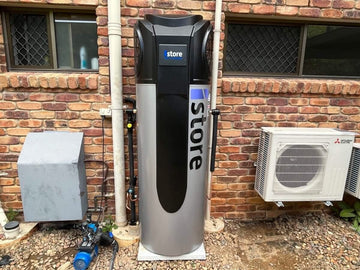Quick Fix Guide: How to Fix Running Toilet with Simple Steps
A running toilet can be both annoying and costly. Whether you're dealing with a nonstop flow or an occasional phantom flush, you need a solution—fast. This guide will walk you through simple steps on how to fix a running toilet, potentially saving you money on water bills and eliminating that constant flushing sound. Learn how to identify the cause, perform easy repairs, and restore your toilet to proper working order.
Key Takeaways
-
A running toilet is commonly caused by issues with the flapper, fill valve, or overflow tube.
-
Simple DIY repairs involve shutting off the water supply, draining the tank, replacing damaged parts, and making necessary adjustments.
-
If DIY fixes fail, professional assistance may be necessary.
-
Preventative maintenance, such as regular inspections and mild cleaning agents, can extend the lifespan of toilet components.
Identifying the Cause of Your Running Toilet
The usual culprits behind a running toilet include:
-
Flapper Issues: A worn-out or improperly seated flapper can allow water to continuously flow into the bowl.
-
Faulty Fill Valve: A malfunctioning fill valve may not shut off properly, leading to constant water flow.
-
Overflow Tube Problems: If the overflow tube is too short or improperly positioned, water may continuously drain into the bowl.
Checking the Flapper
-
Remove the toilet tank lid and inspect the flapper.
-
Press down on the flapper. If the water stops running, the flapper is likely the issue.
-
Replace the flapper if it is cracked, warped, or no longer sealing properly.
Examining the Fill Valve
-
Check for continuous water flow into the overflow tube.
-
Adjust the float level to ensure proper shutoff.
-
If the fill valve does not stop filling the tank, consider replacing it.
Inspecting the Overflow Tube
-
Ensure the water level is at least one inch below the top of the overflow tube.
-
If water continuously drains into the tube, lower the float level or replace the flush valve assembly.
Step-by-Step Guide to Fixing a Running Toilet
Step 1: Shut Off the Water Supply
-
Locate the shutoff valve behind the toilet and turn it clockwise until it stops.
-
Flush the toilet to drain the tank.
Step 2: Replace the Flapper
-
Unhook the flapper from the chain and remove it from the flush valve.
-
Install a new flapper that matches your toilet model.
-
Attach the chain, ensuring there is a slight slack when the flapper is closed.
Step 3: Adjust or Replace the Fill Valve
-
Adjust the float level to ensure proper water shutoff.
-
If adjustment fails, replace the fill valve by unscrewing the old valve and installing a new one.
Step 4: Adjust the Overflow Tube
-
If necessary, trim an excessively tall overflow tube or replace a short one.
-
Ensure that the refill tube is 1 inch above the overflow tube rim.
Step 5: Turn the Water Supply Back On
-
Slowly turn the shutoff valve counterclockwise to restore water flow.
-
Observe the fill cycle to ensure the toilet stops running properly.
When to Call a Professional
If the toilet continues to run after replacing the flapper, adjusting the fill valve, and inspecting the overflow tube, it’s time to call a professional plumber. Persistent leaks, silent leaks increasing your water bill, or difficulty turning the shutoff valve indicate more complex issues requiring expert intervention.
Preventative Maintenance Tips
-
Inspect toilet components regularly for signs of wear.
-
Use mild cleaners like vinegar and baking soda to prevent chemical damage.
-
Fix leaks promptly to prevent excessive water usage.
-
Avoid over-tightening components when making adjustments or replacements.
Saving Water and Money
A running toilet can waste hundreds of liters of water daily, leading to high water bills. Fixing a medium-sized toilet leak can save up to 250 gallons of water per day, translating to substantial annual savings. Addressing a running toilet promptly not only prevents wastage but also contributes to water conservation.
Summary
Fixing a running toilet is a simple process that involves identifying the issue, replacing faulty components, and making necessary adjustments. Regular maintenance and early repairs prevent larger plumbing problems and costly water bills. If DIY solutions don’t work, professional assistance ensures long-term efficiency. A well-maintained toilet saves water, money, and frustration—making every flush count!
Frequently Asked Questions
How do I stop my toilet from running?
Check the flapper, fill valve, and overflow tube for issues. Replacing or adjusting these components should resolve the problem.
Why is my toilet running continuously?
A faulty flapper, misaligned fill valve, or overflow tube issue could be causing the problem.
How do I know if my flapper is faulty?
Press down on the flapper. If the running water stops, the flapper is not sealing properly and needs replacement.
Should I call a plumber for a running toilet?
If replacing and adjusting toilet components doesn’t resolve the issue, calling a plumber is the best solution.











